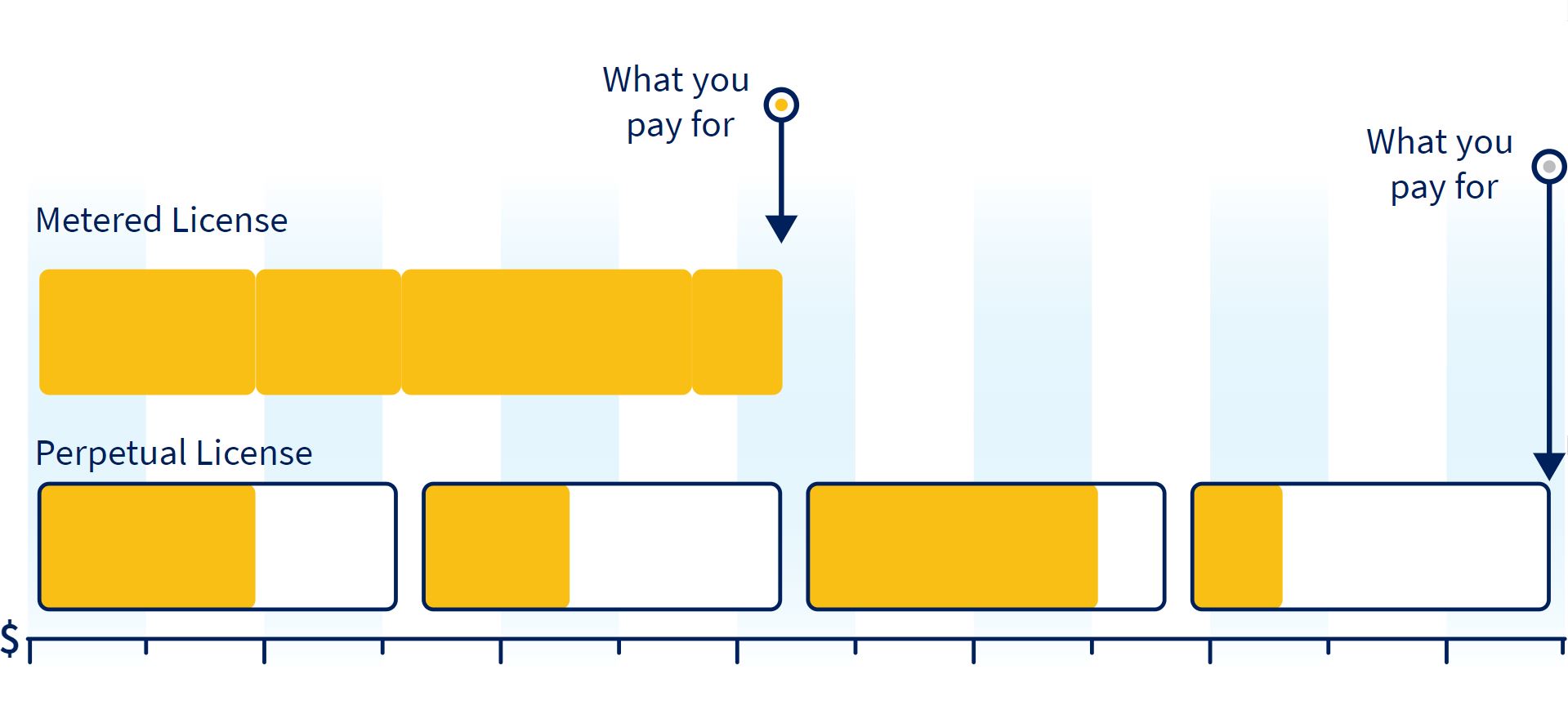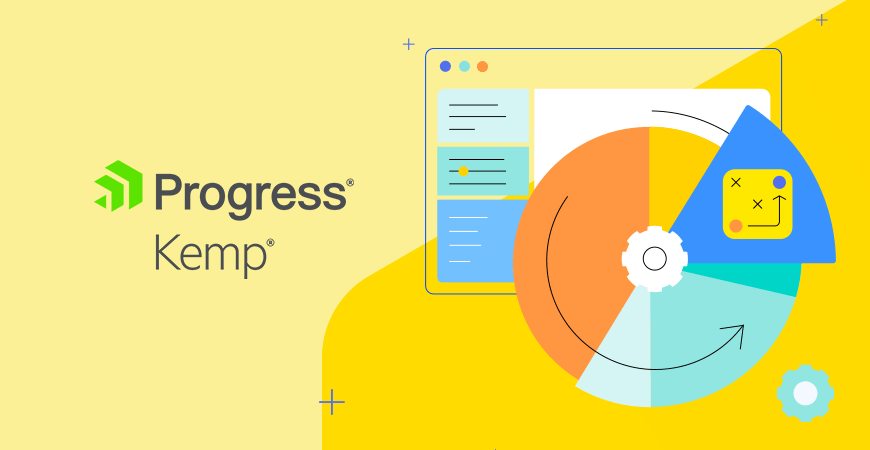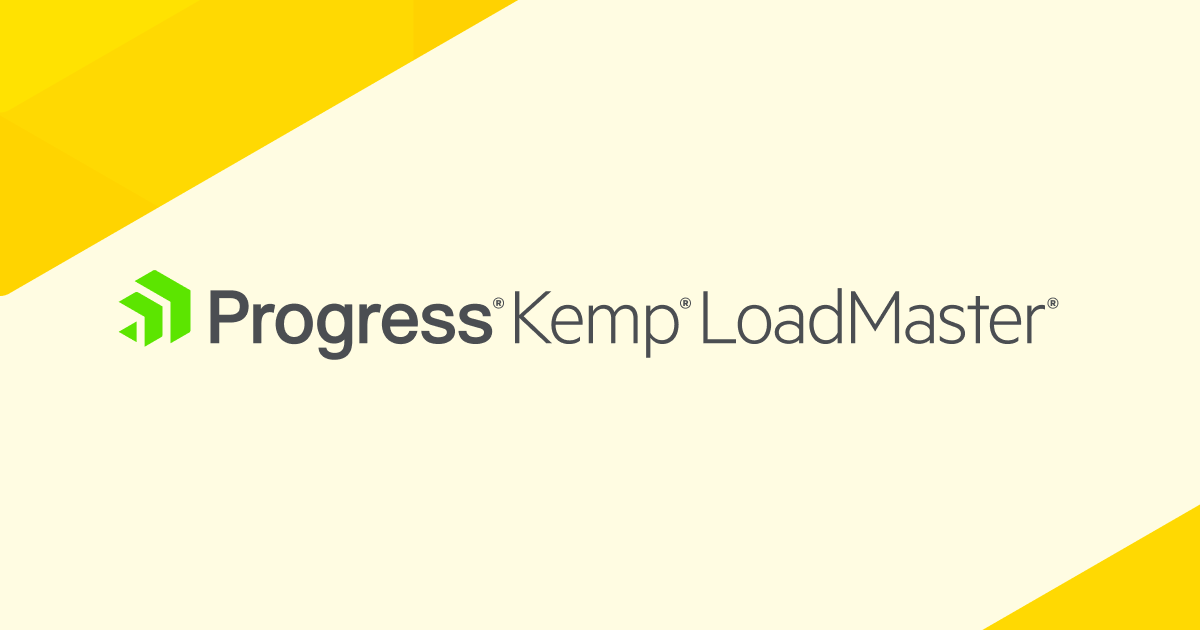IT system agility is an essential design criterion for modern web, cloud, and hybrid application delivery. The ability to flex provision as demand changes needs to be built into designs without over-specifying the base IT system configurations. A core component of application delivery is a licensing model that allows for load balancer and application delivery controller (ADC)provision and deployment based on current need, and not hampered by purchased licenses.

Traditional Licensing
Traditionally licensing for load balancing deployments has been based on a model where each instance was licensed individually. There have been attempts to alter this model to make it more flexible, but these have not solved all of the issues.
Subscription based licensing has become more popular as a way to address the problems associated with traditional licensing. But some of the subscription options on offer only partially solve the problems. However, the Metered Licensing model from Kemp does address all the problems related to licensing and allows for truly agile, flexible deployment of the load balancing resources.
Let’s look at some of the traditional and subscription-based licensing models that are available from other load balancing vendors, and their problems, before outlining how Kemp Metered Licensing solves these problems.
Perpetual Licenses
This is the traditional licensing model that has been in use for a long time. Each load balancer deployed has its own purchased license tied to the instance, and often to a defined network throughput figure. There are many disadvantages to this licensing model.
- Load balancer instances need to be specified with the capacity to handle future growth and possible spikes in demand during busy periods.
- This specification for future needs leads to overcapacity and payment for resources that are not needed most of the time.
- Infrastructure redesign is difficult. Licenses are tied to specific instances and can’t be moved to a different load balancer for a new application. Combining load balancing for separate applications on the same instance introduces configuration, administration, and management issues.
Floating Licenses
Floating licenses attempt to solve some of the issues with perpetual licensing. Floating licenses can be moved from one load balancer to another one if required. However, each license can only be used on one instance at a time, so the load balancer that the license is revoked from will cease to function. There is also an administration overhead with moving the license to a new instance. Not a practice that is going to help agility.
Pooled Capacity Licenses
Pooled capacity licenses provide a license for a defined throughput that can be split up over multiple load balancer instances. The single license covers the pool. However, each load balancer still must have the capacity it needs specified upfront, and this means that each instance needs to be configured with enough capacity for spikes. Again, this means that instances are oversized for what they need most of the time. This licensing model also only allows for load balancer instances to be added up to the agreed throughput that has been bought. If more is needed, then a new higher capacity license has to be purchased from the vendor. If High Availability (HA) for any load balancer instance is in use under pooled licensing, then the HA instance will consume a license and the same capacity as its partner, even when not in use.
Pooled Licenses
Pooled licenses are fixed size licenses that can be assigned, revoked, and reassigned to load balancer instances on demand. They differ from Pooled Capacity Licenses in that they are not allocated from an overall throughput capacity. Instead, each instance is a fixed size that doesn’t change as the license is reused. They suffer from the same issues as before. Instances are often over-provisioned to account for spikes, leading to unused capacity for extended periods, and they also need to consume a license for high availability if in use.
Metered Licensing
Kemp Metered Licensing is a model that solves all these issues with traditional and limited subscription models. It provides a genuinely agile licensing model based on a monthly data throughput subscription rather than deployed instances. It means that as many LoadMaster load balancer instances as required can be implemented without incurring additional license costs. This includes high availability instance deployment with no additional expense.
With Metered Licensing the peak monthly usage of each load balancer instance is measured, and the sum of these peaks is used to determine the overall usage of the whole application delivery fabric. There are no limits on the number of load balancer instances that can be deployed, and each load balancer does not have any capacity limits. The Metered Licensing model means that the most suitable load balancing deployment can be used, and be changed as required, while still only paying for the overall traffic used. Additionally, unexpected spikes in throughput will not lead to unforeseen additional costs as outliers in traffic use each month (based on a 95-percentile model) are discarded when calculating overall traffic used.
Conclusion
Kemp Metered Licensing offers the most effective and comprehensive licensing model for an application delivery fabric. It meets the needs of flexibility and scalability and is delivered as a monthly subscription that can be planned within budgets.
Selecting Kemp solutions to deliver your application delivery fabric and monitoring infrastructure will give your organization a modern, cost-effective, cross-platform, smart system that provides a better service to your users and makes your IT staff more productive. Contact us today for more details or to discuss your needs.

